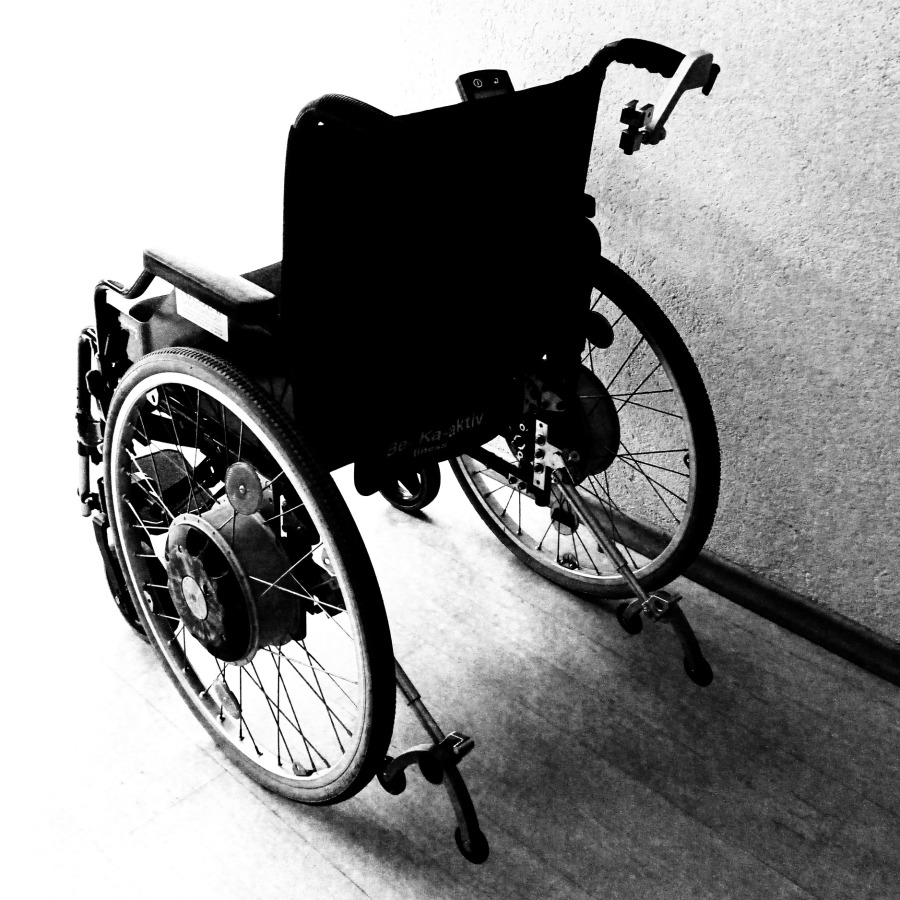I’ve mentioned pretending a couple of times in earlier blog posts and have gotten a couple of emails from other people with BIID asking me what I do. As I live in small city on the east coast of Canada, it’s super hard to do anything as there are always good odds I’ll see someone I know. I have tried going out to small towns a couple of hours away. To keep my family or friends from noticing, I bought a foldable wheelchair that I keep in a sports bag. I just stick it in the trunk when I’m heading somewhere by myself for a short time.
Otherwise, I’ve pretended on a few work trips and conferences to larger cities like Toronto and Montreal. I can’t really take my wheelchair then, but I do have some foldable crutches I can stick in a suitcase.
I started pretending years ago. People in the online BIID community had a ton of experience and advice before I started, so I spent a lot of time reading people’s stories about how they handled everything. It came up repeatedly as a way that helped them manage BIID, even if it never got rid of the condition entirely. I then searched out foldable options for wheelchairs and crutches because I wanted to be able to hide them easily if needed. They’re also a lot cheaper than the full-scale models. I’d like to tie my leg back like others have said that they do, but it’s hard with family around. I’ve only been able to do it a couple of times when my wife takes the girls out.
The first time I pretended I barely knew how to use a wheelchair, but I felt such an amazing sense of rightness and relief. I felt like myself, if that makes any sense. It’s just how my body is supposed to be.
I’ve read criticisms that say things like people with BIID aren’t prepared to face the realities of daily life with a disability, but I don’t see it as having a disability. For me, the true problem has been having the leg in the first place; my work and family life has been affected, as has my mental health. I can learn how to handle a wheelchair or crutches or places that aren’t accessible. Most people with BIID I’ve read about in studies or talked to online who have managed to get an amputation have reported being much happier afterwards. Some continue to do activities like hiking, biking, and skiing while others have noticed a greater interest in volunteering. They admit that it isn’t usually easy to navigate all the time, but it’s worth it for them. If I can’t get an amputation of my leg done anytime soon, pretending helps me dream about what life could be like if I did have it.
I’ve thought a lot about pretending. I mostly use a wheelchair when I can, but I daydream about using crutches occasionally or what kind of prosthetic I’d get if my leg were ever amputated.




Leave a Reply